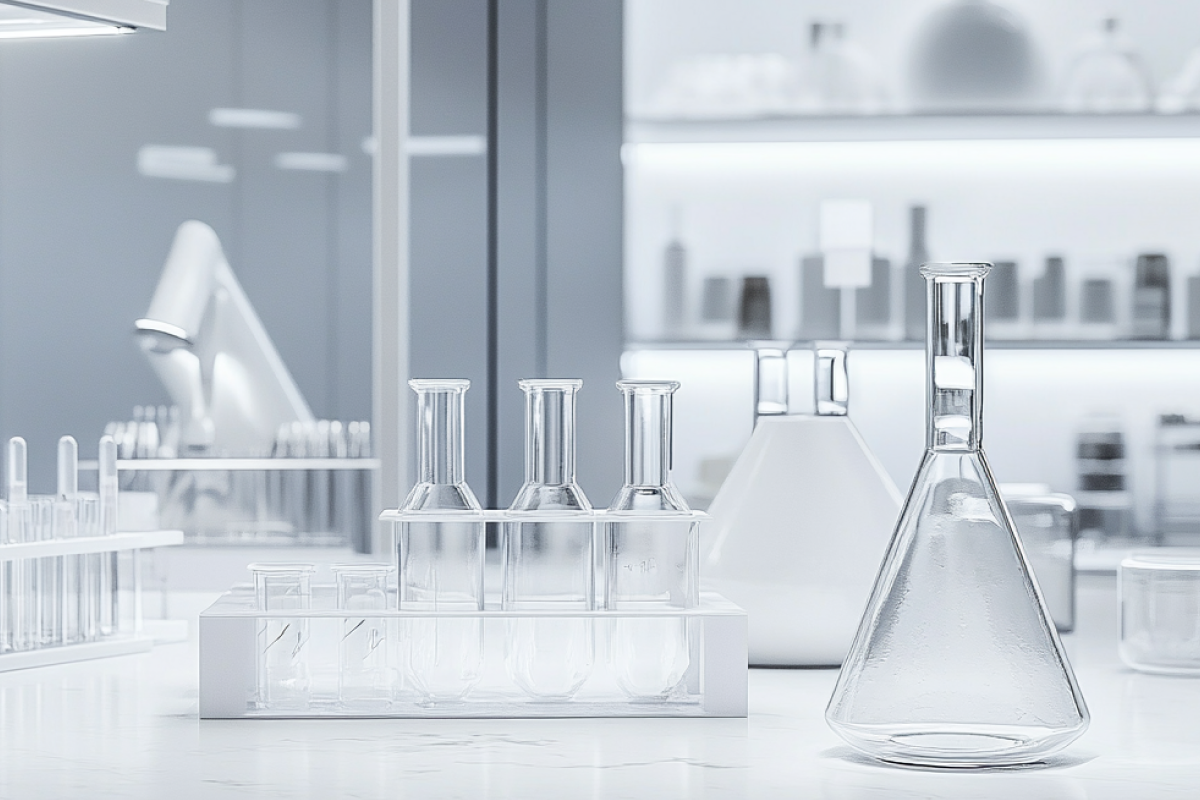In recent years, Bisphenol A (BPA) has become a hot topic in the fields of public health and food safety. With growing consumer awareness of the potential risks associated with this chemical, it is crucial to understand what BPA is, its effects on health, and how we can ensure the safety of our products. This article will explore BPA and the testing process in detail, with a particular focus on glass bottles for spirits.
Introduction to Bisphenol A
Bisphenol A, commonly known as BPA, is a chemical compound primarily used in the production of plastics and epoxy resins. First discovered in the 1950s, BPA has found widespread application in various industrial sectors due to its ability to impart hardness and transparency to plastic materials.
Common Uses of BPA
BPA is commonly found in:
- Reusable water bottles
- Food containers
- Internal coatings of food and beverage cans
- Certain dental sealants
Effects of BPA on Health
BPA has been identified as an endocrine disruptor, meaning it can interfere with the body’s hormonal system. Scientific studies have linked BPA exposure to a range of health problems, including:
- Reproductive disorders
- Heart diseases
- Diabetes
- Behavioral issues in children
The Importance of BPA Testing
Although glass bottles are generally considered safe, it is essential to ensure that internal coatings or other components do not contain traces of BPA. This is particularly crucial for spirits, where product purity is of paramount importance.
Methods of BPA Testing
Spectroscopy
Utilizes techniques such as mass spectrometry and infrared spectroscopy to identify and quantify BPA.
Chromatography
High-performance liquid chromatography (HPLC) and gas-liquid chromatography (GC) are commonly used to separate and measure chemical compounds.
Enzymatic Tests
Some tests use specific enzymes that react with BPA, allowing its detection and quantification.
Material Tests
Tests for BPA release from materials, exposing the material to specific conditions and measuring the amount of BPA released.
Stages of BPA Testing
| Fase | Description |
| Sample Preparation | The glass sample is prepared for analysis. |
| BPA Extraction | BPA is extracted from the sample using appropriate solvents. |
| Instrumental Analysis | The extracted sample is analyzed using instruments such as HPLC or mass spectrometers. |
| Data Interpretation | The collected data is interpreted to determine the amount of BPA present in the sample. |
Regulations and Limits
Different countries have regulations regarding BPA. For example, the European Union has banned the use of BPA in plastic baby bottles. In the United States, the FDA has set strict limits on the amount of BPA that can be released from materials that come into contact with food.
Conclusions
BPA testing is crucial to ensure the safety of glass products for spirits, protecting consumers from the potentially harmful effects of this chemical compound. By adopting rigorous testing methods in compliance with regulations, we can ensure that our products are safe and of high quality.




